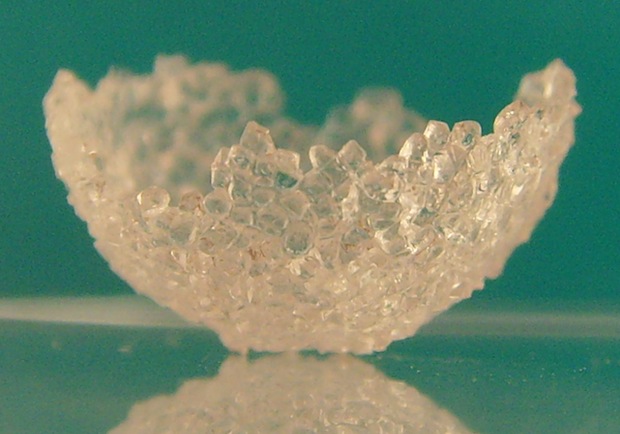In this talk Teresa Amabile, author of the excellent book: Creativity in context, present her studies on how keeping a diary help to improve your inner work life. What she actually says -and I guess she also writes in her last book: The progress principle- is that giving your self 15 minutes a day to write about the emotions and motivations that you experience during the day (which is the meaning of inner working life) can help you to improve your creative performance, that is, having ideas that work.
The benefits of keeping a work diary would be first of all, celebrate small wins, which is actually the cornerstone of what she named ''the progress principle''. State and recognize small wins will keep your motivation up, your emotions on the bright side and your perspective focus on the relevant aspects of the work that you are doing. The second benefit will be that, based on that small wins, you will be able to plan the next steps in order to keep that small wins coming and building up a better and more fulfilling way to the completion of the project you're working on. The third benefit will be within the personal area; keeping a diary will help you to visualize and nurture your personal growth. You will be able to see in clearer way for example how you behave with you team mates and colleagues, what makes the teams interact in more efficient and creative ways or what are the consequences of your decision process. The last benefit that Amabile states may sound kind of irrelevant but anyone who has worked in a long term project will recognize the importance of it: cultivate patience. One of the most definitive factors in the success of every project is the emotional attitude to it. If is negative the project will suffer enormously of disdain and lack of interest and if it is positive usually the anticipation and the anxiety of make the whole thing work will play against the decision making process pushing forwards steps that are not yet mature enough to lead way to the next ones.
Amabile is surely one of the most relevant figures in the study of creativity. Her systematic psychological studies on how creativity affects the life of individuals and organizations is widely recognize as huge source of insights in the understanding, improvement and management of creativity processes.
source: 99U.com



![Reblog this post [with Zemanta]](http://img.zemanta.com/reblog_e.png?x-id=6dcf2b0d-4fab-4099-9bad-fc4537c9b947)

![Reblog this post [with Zemanta]](http://img.zemanta.com/reblog_e.png?x-id=3d9bd74d-a956-4415-bab9-75bb485dc63c)